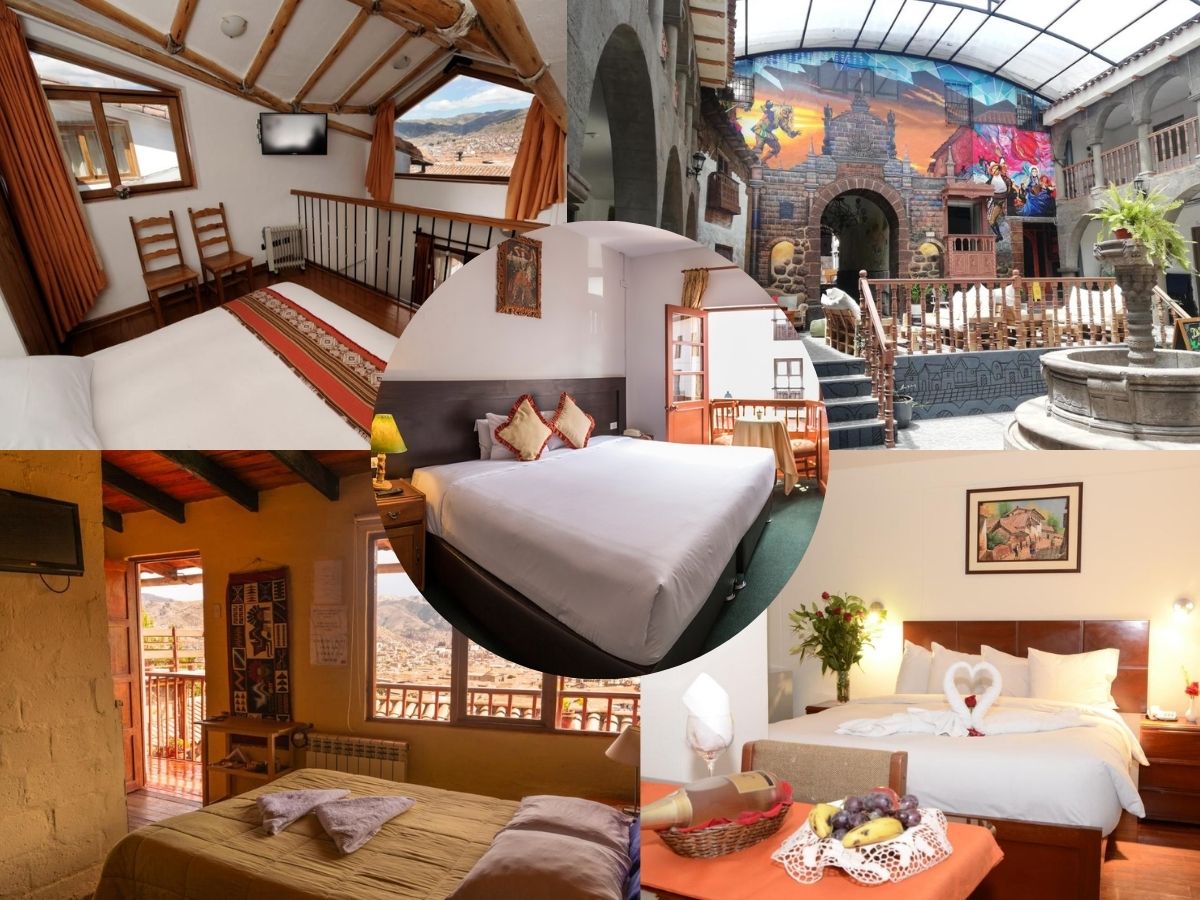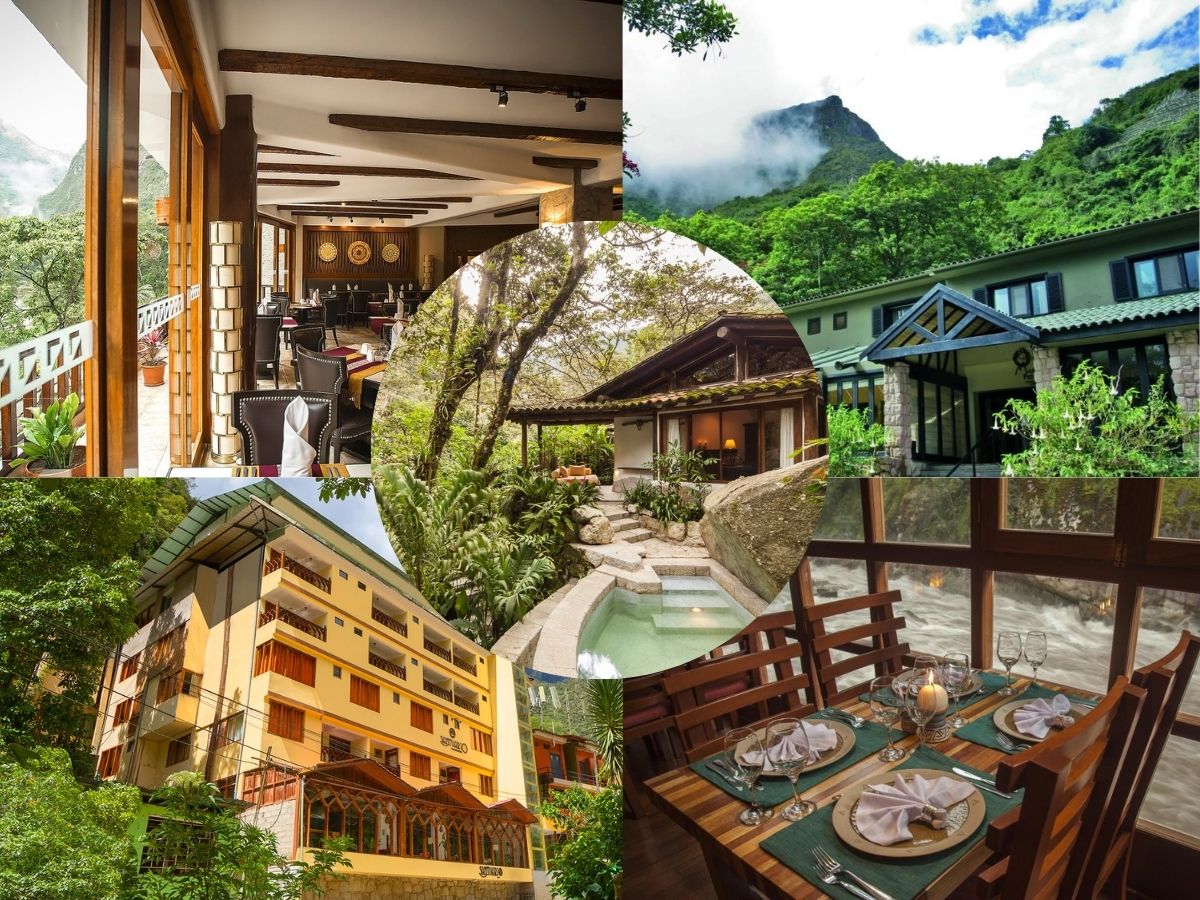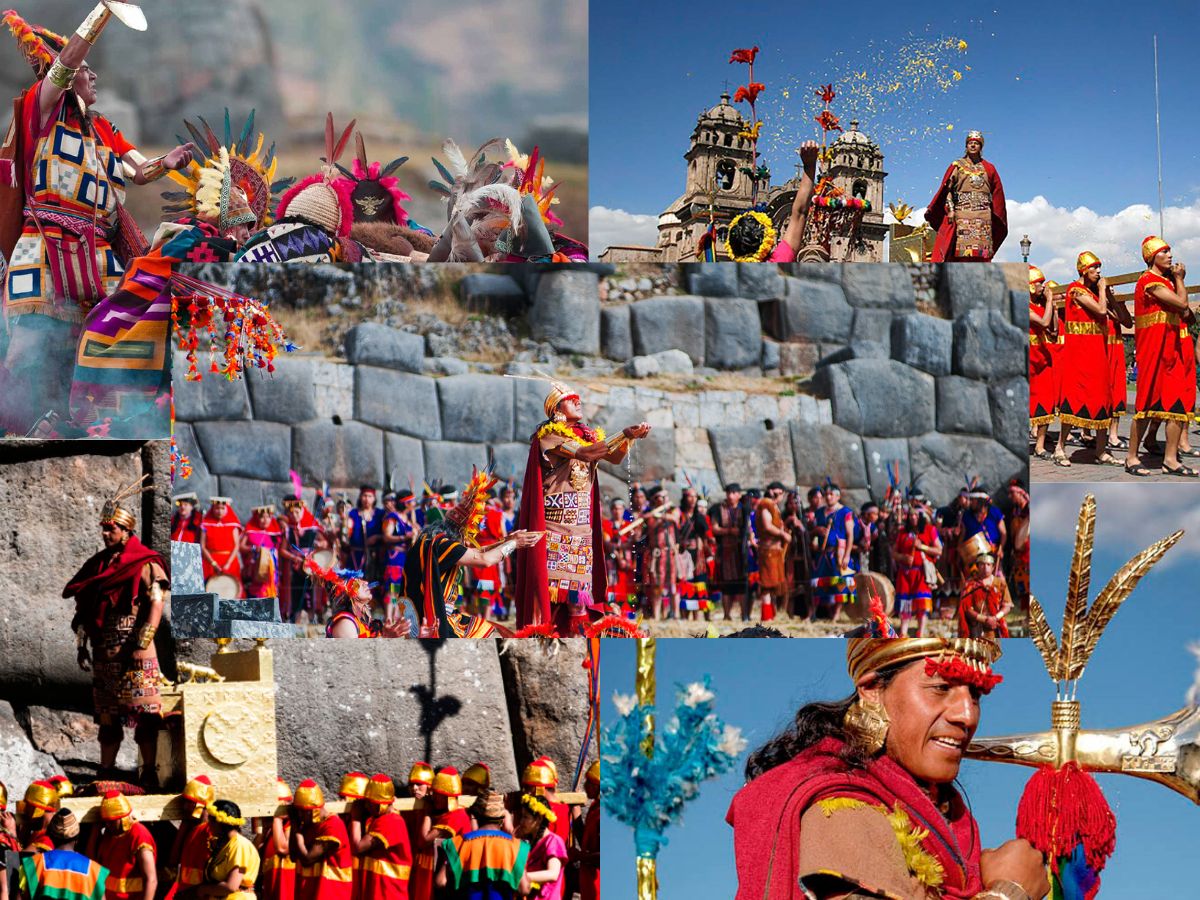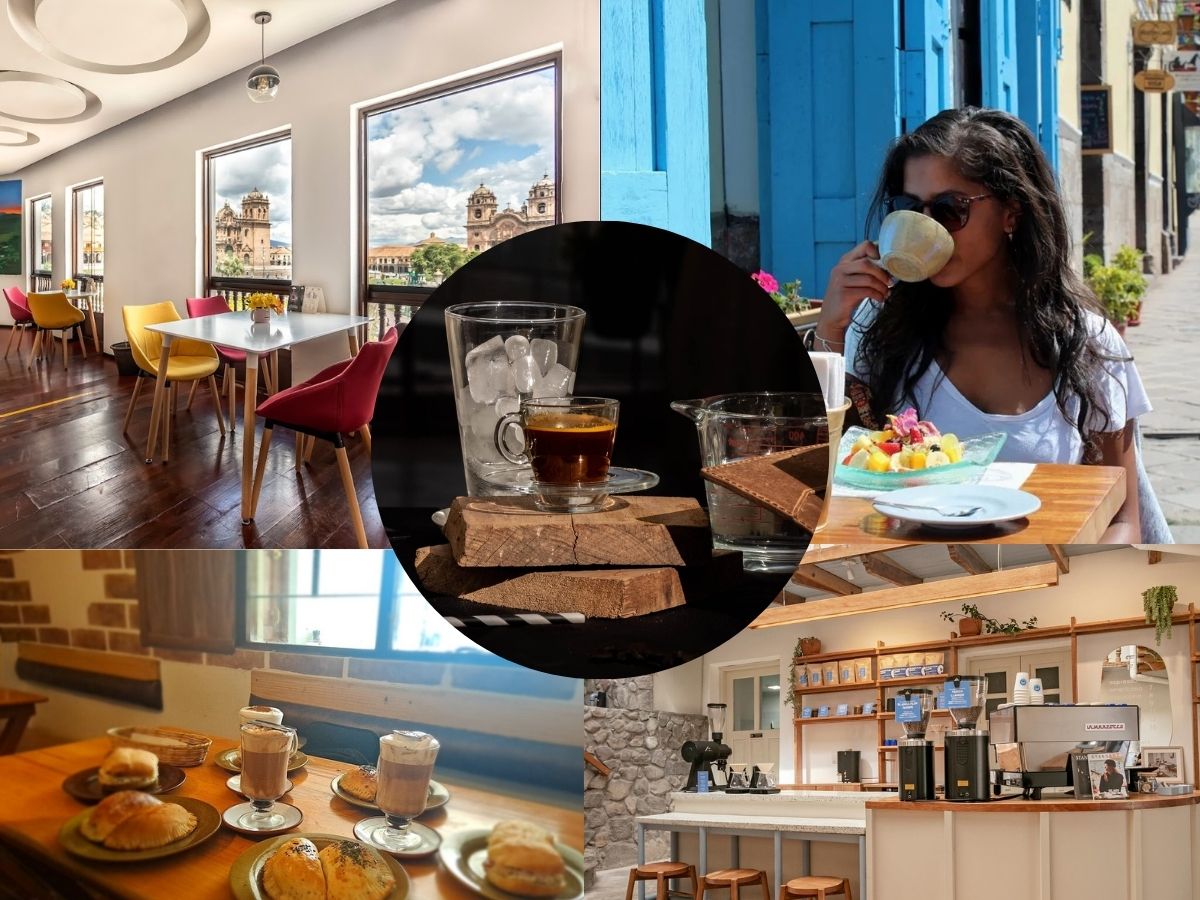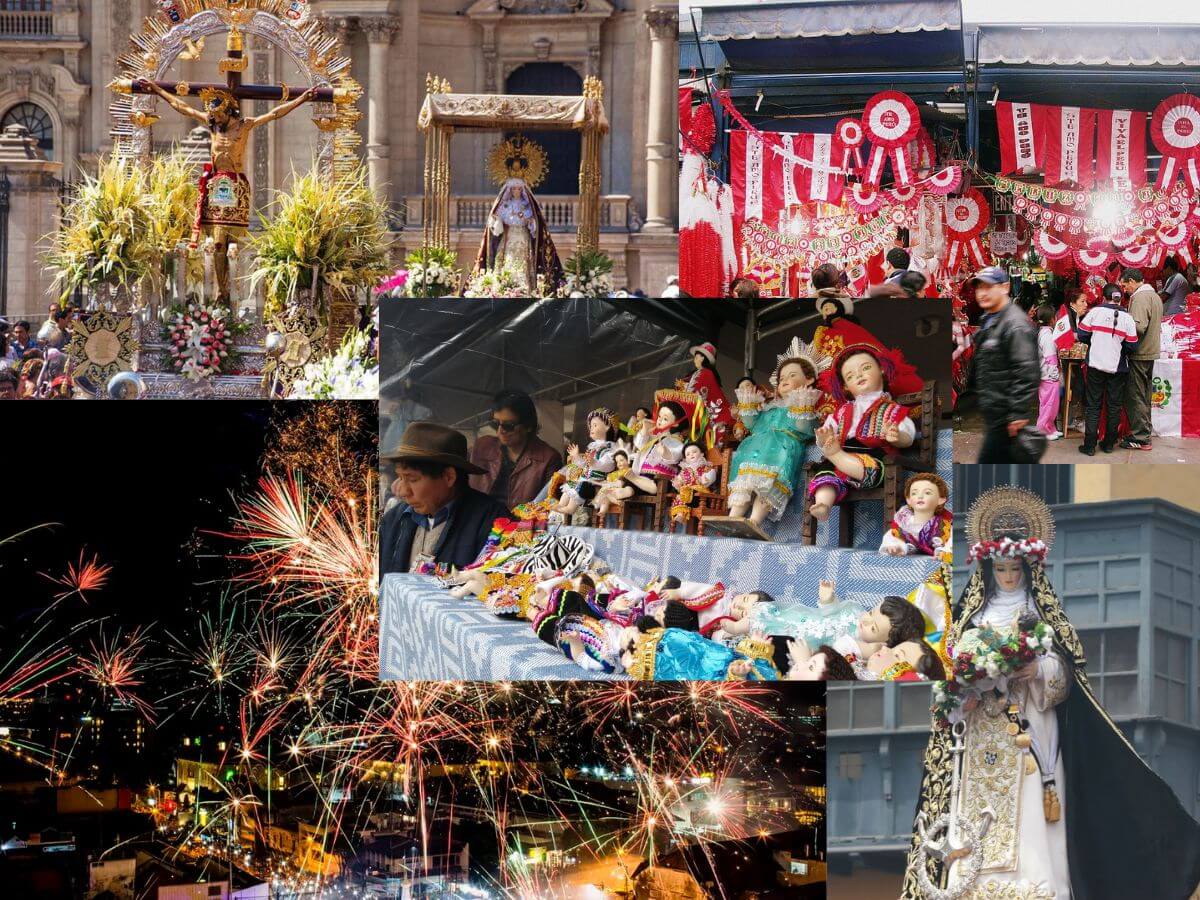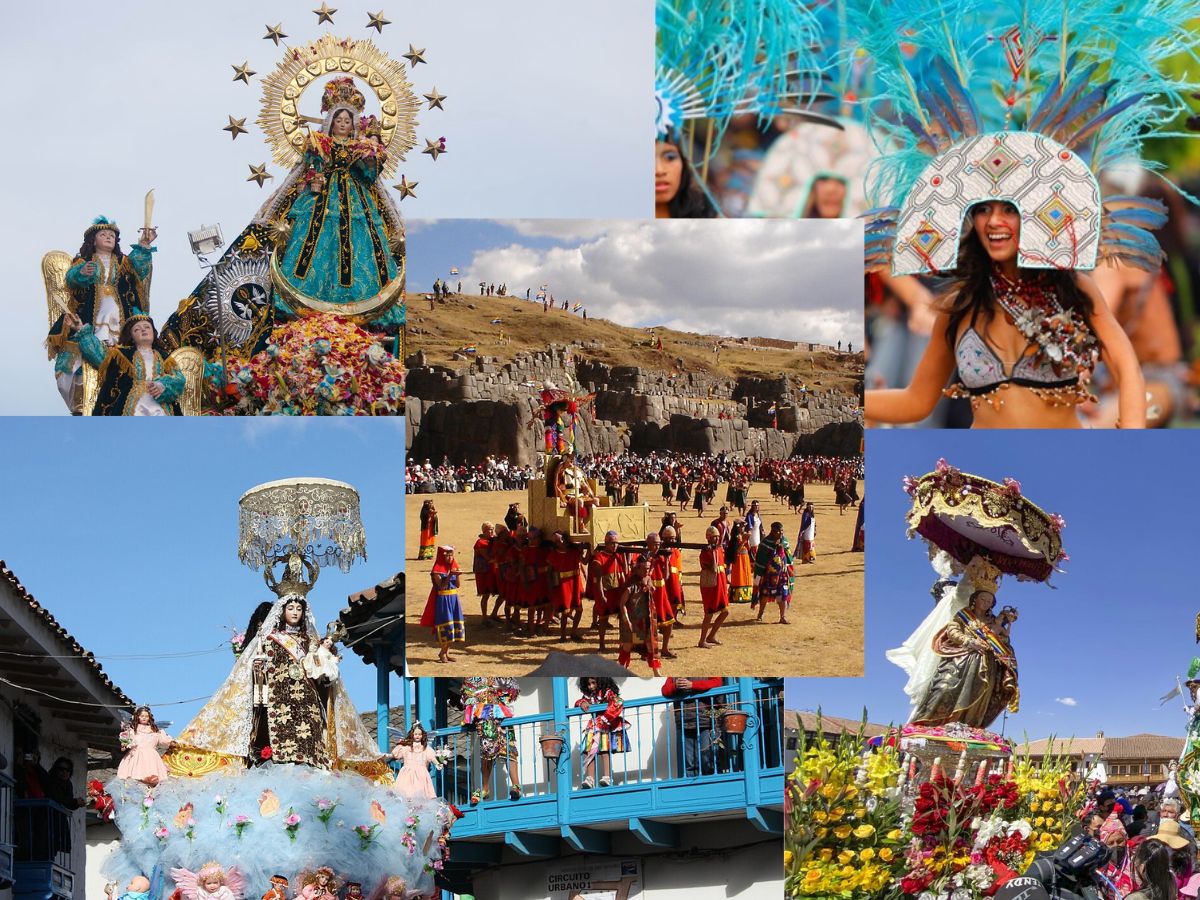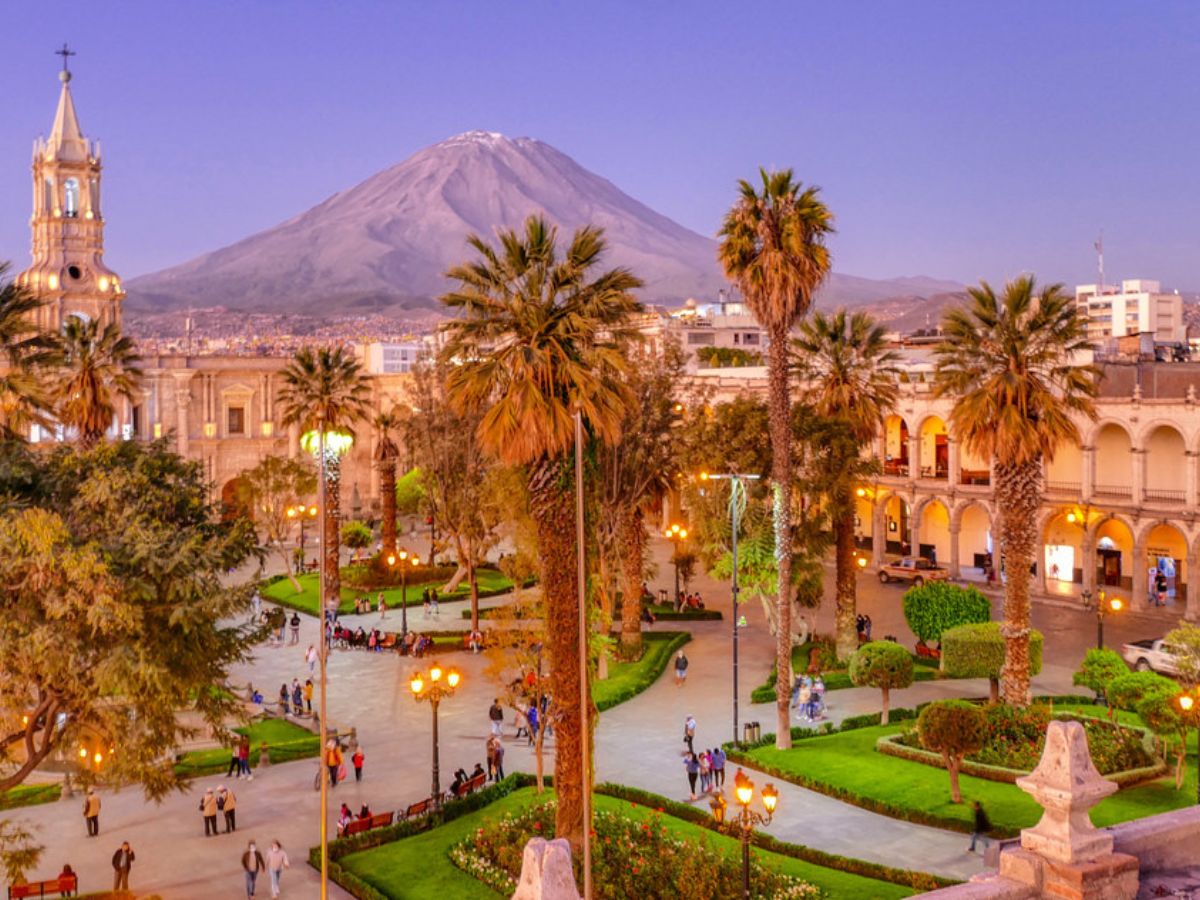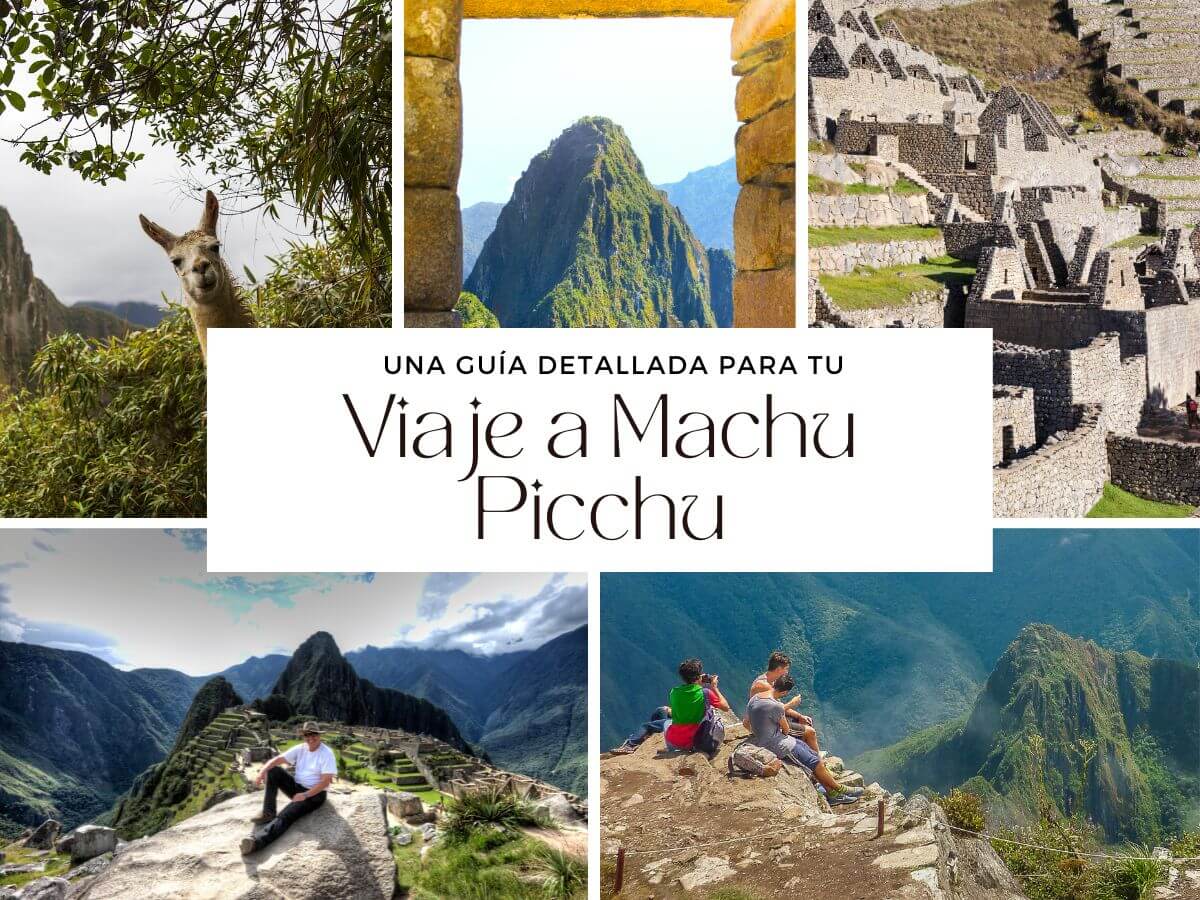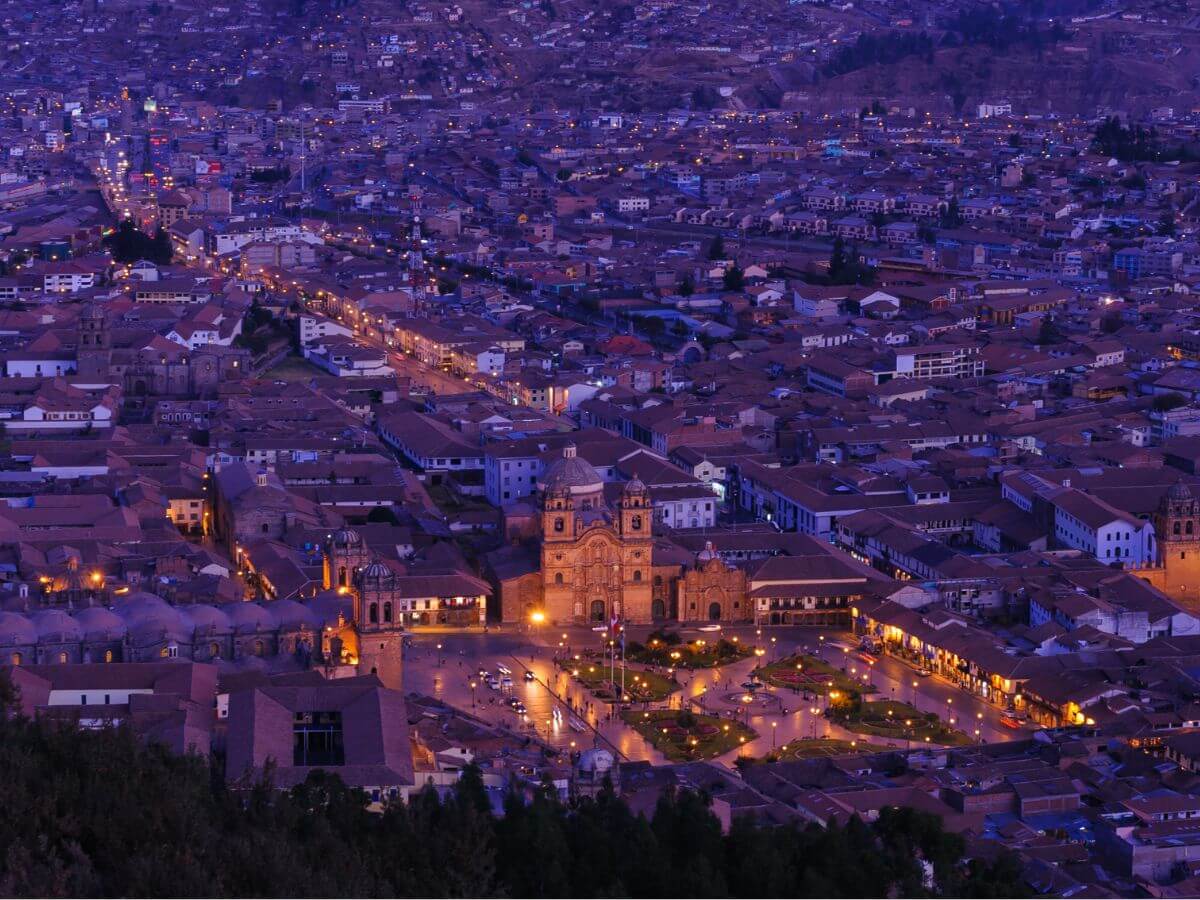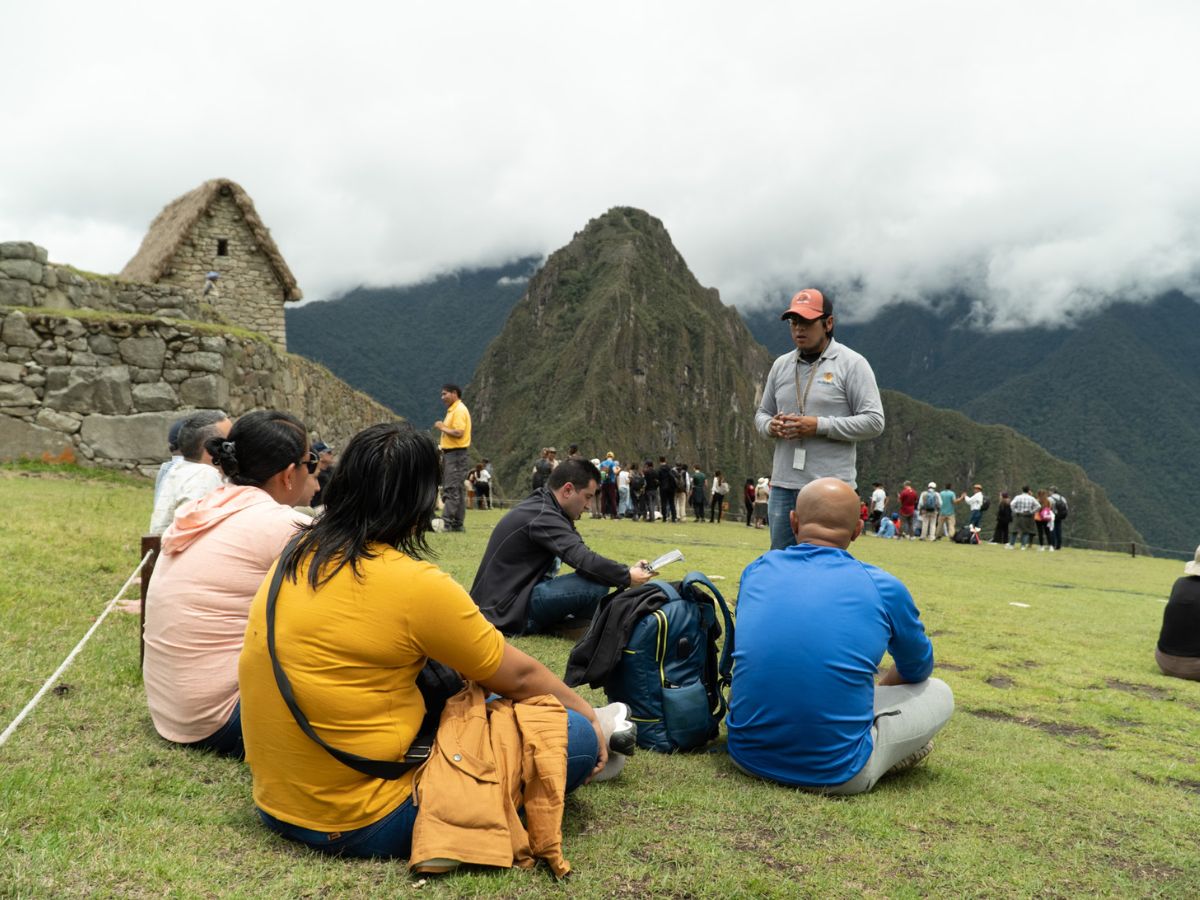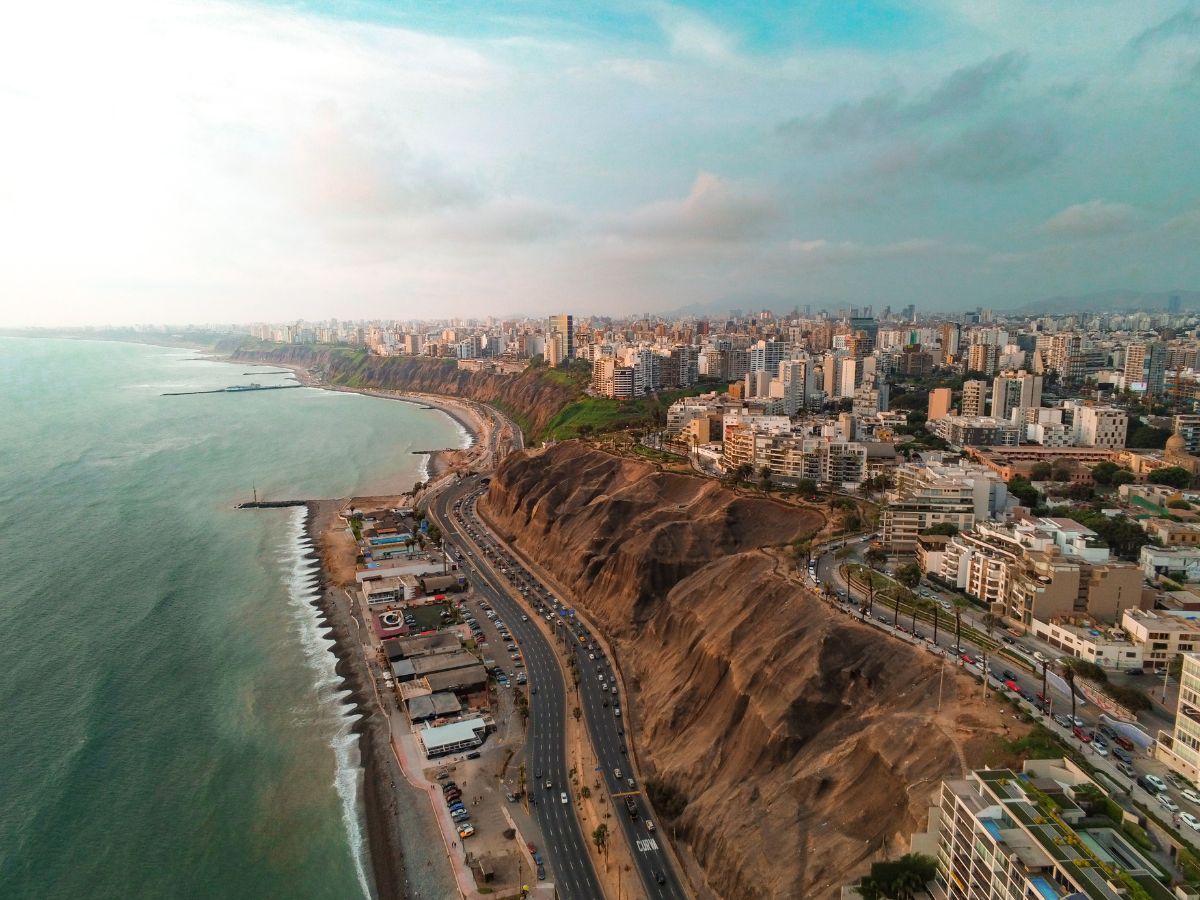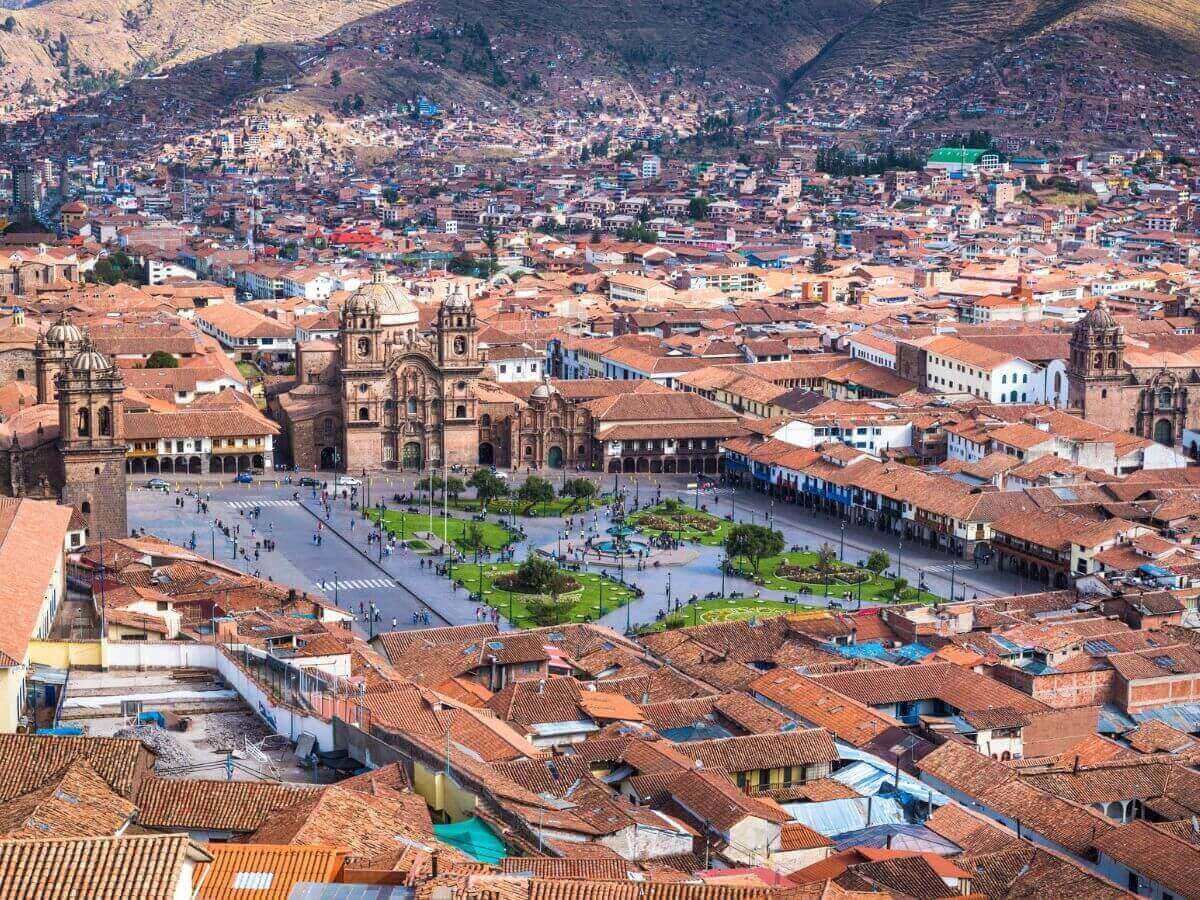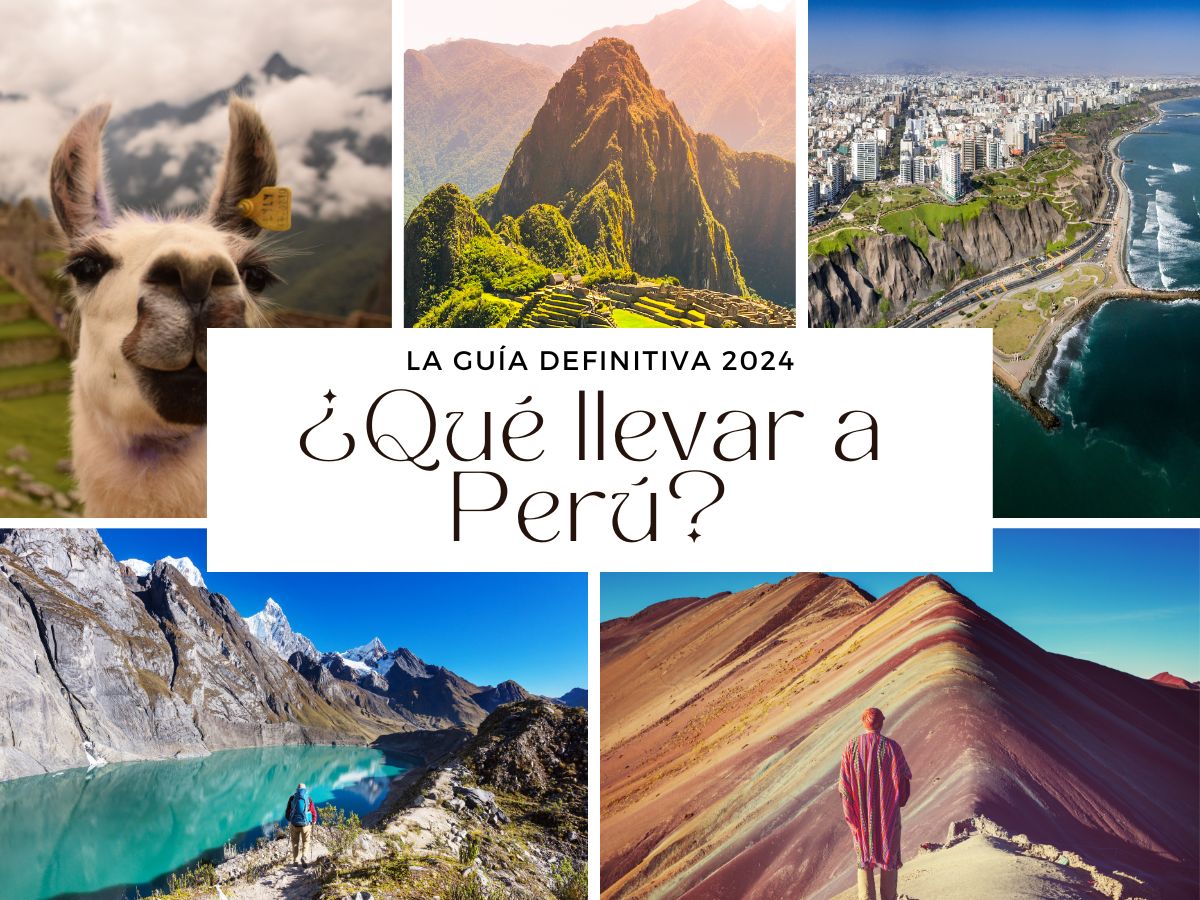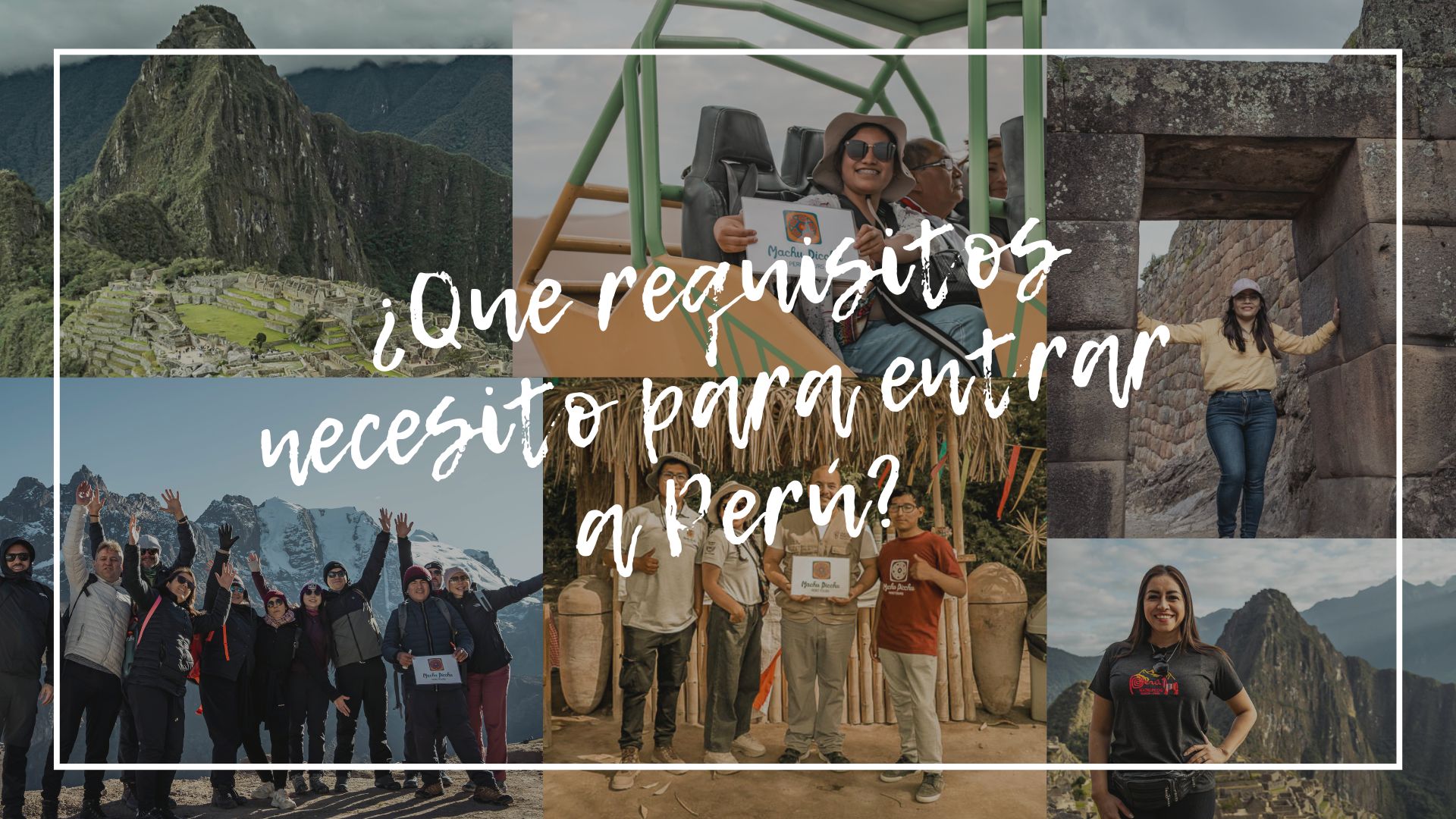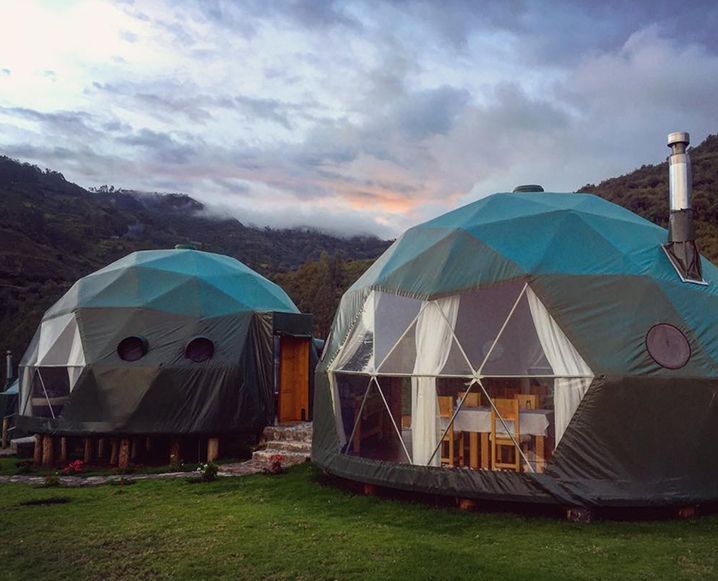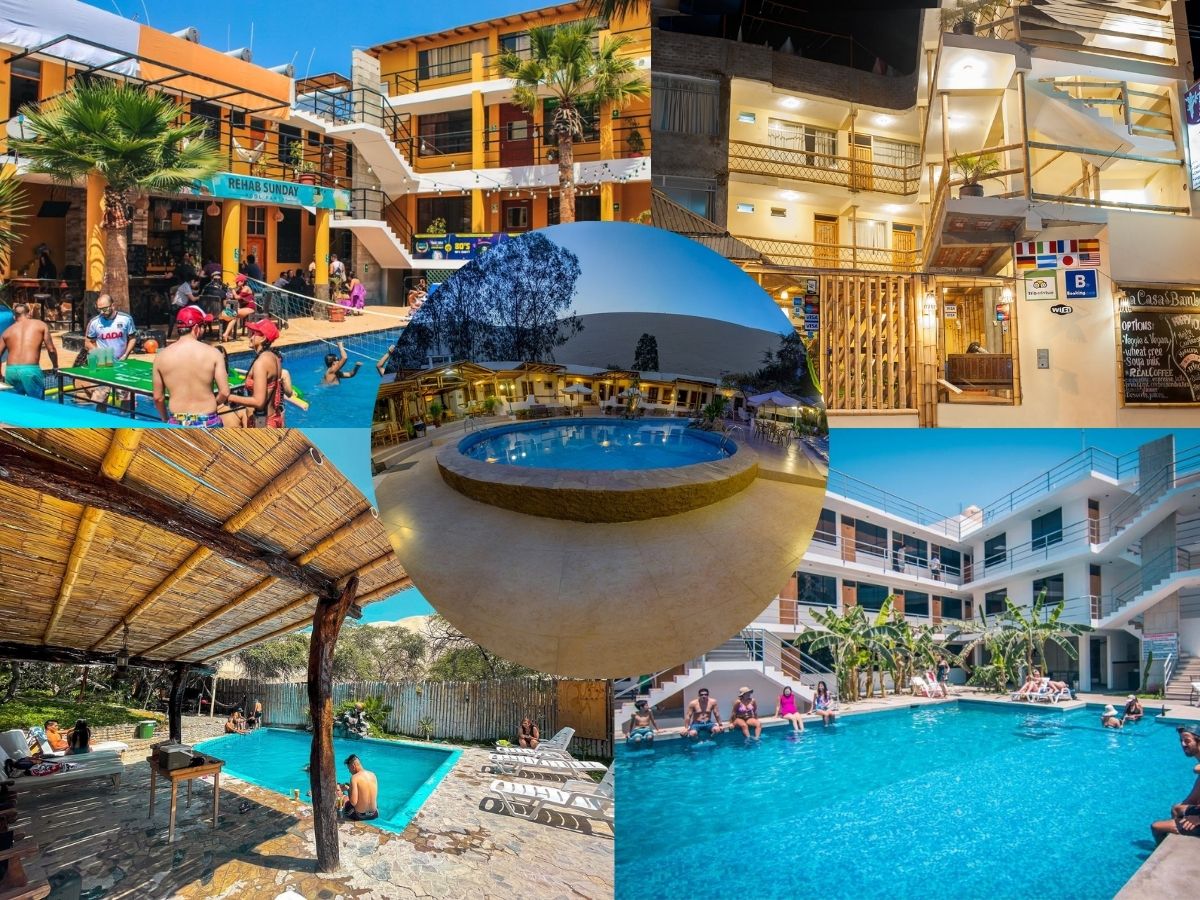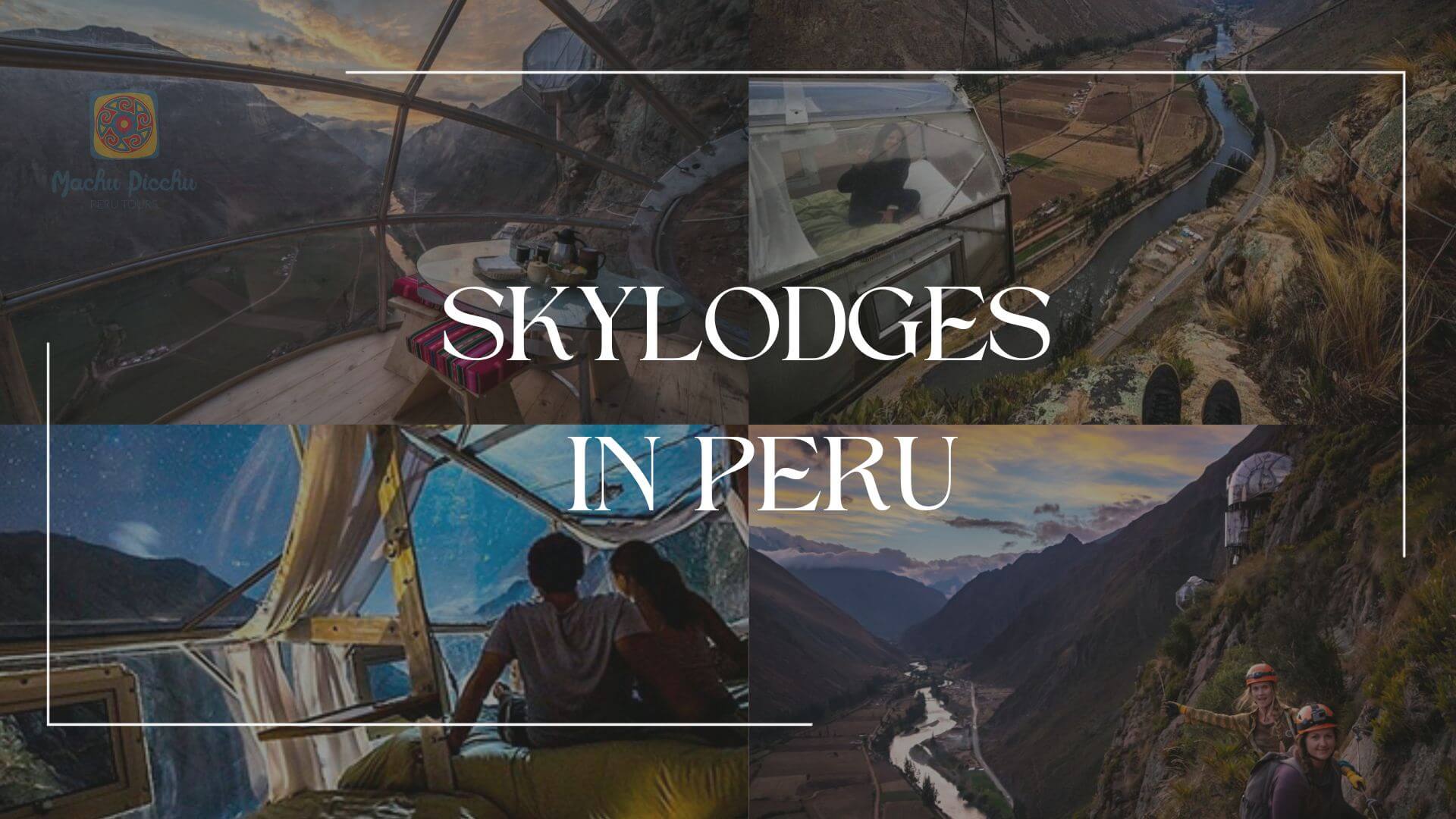Qenqo, the Archaeological Complex of Cusco
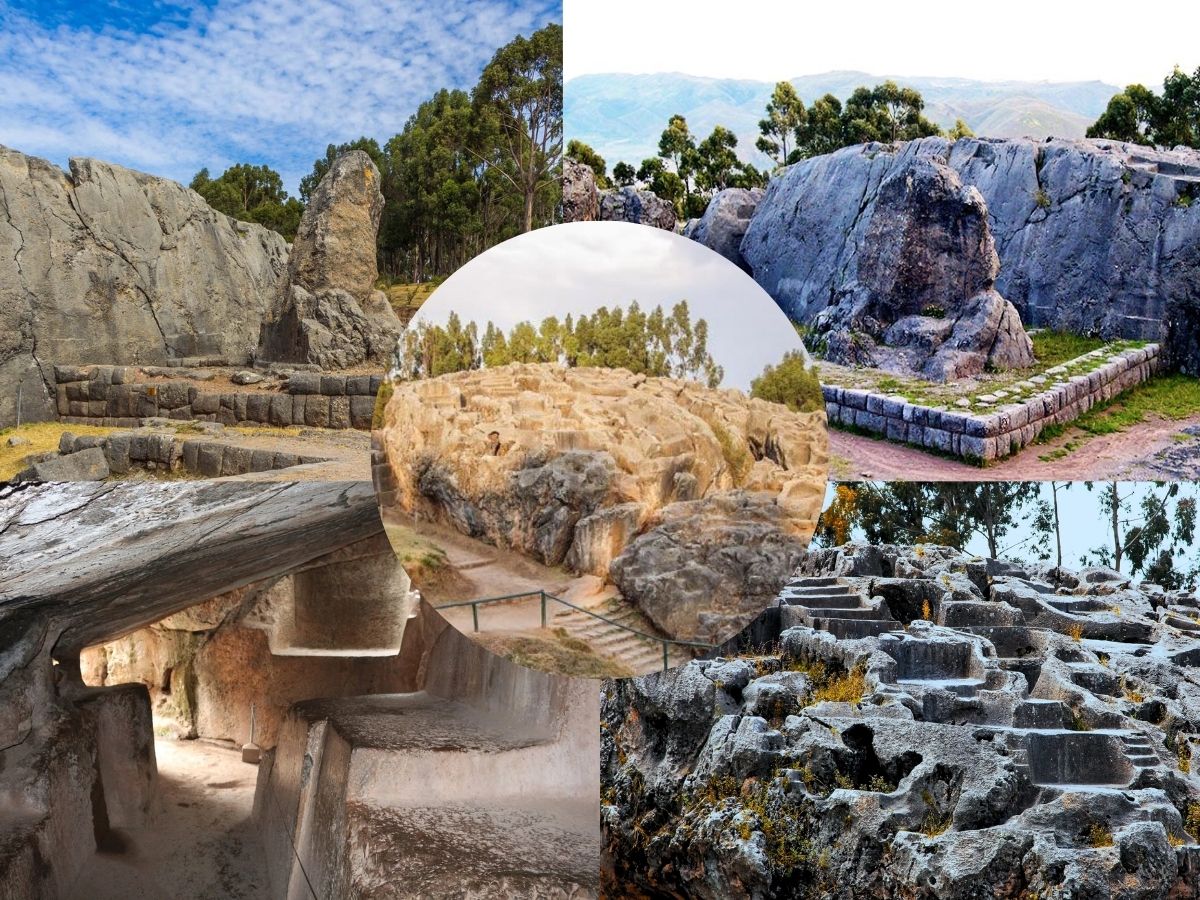
Qenqo is the name given to the Inca archaeological center located on the outskirts of the city of Cusco. This archaeological site is famous for its subway tunnels. According to history, it is said that Qenqo was an Inca precinct where religious ceremonies were held. In addition, it is also known as the forest of Qenqo.
| Qenqo | |
| Location | Province of Cusco, 4 km from the center of Cusco. |
| Distance from Cusco by car | 20 minutes approximately |
| Walking distance from Cusco | 1 hour approximately |
| Cost of tickets | Included in the Partial Tourist Ticket for 70 soles. |
| Weather | Cold |
| Activities | Horseback riding in the surroundings, visit the archaeological complex of Qenqo, taste local food such as corn with cheese. |
What does the word “Qenqo” mean?
Its name in Quechua means “labyrinth”, probably due to the labyrinthine underground galleries or due to the zigzagging canals carved in the rock that can be observed there.
In Spanish times, Qenqo was an amphitheater due to its semi-circular construction. But nowadays, it is not known exactly the real function that this place had.
Where is Qenqo located?
The tourist attraction of Qenqo is located 4 kilometers from the city of Cusco, on the Socorro hill. A few meters away you will also find the ruins of Sacsayhuaman, Tambomachay, and Puca Pucara, among other archaeological sites of the Inca era. Qenqo is at 3,580 meters above sea level, here it is believed that they worshiped the Inca gods such as the sun, the moon, the mountain, and the earth or Pachamama.
Construction of Qenqo
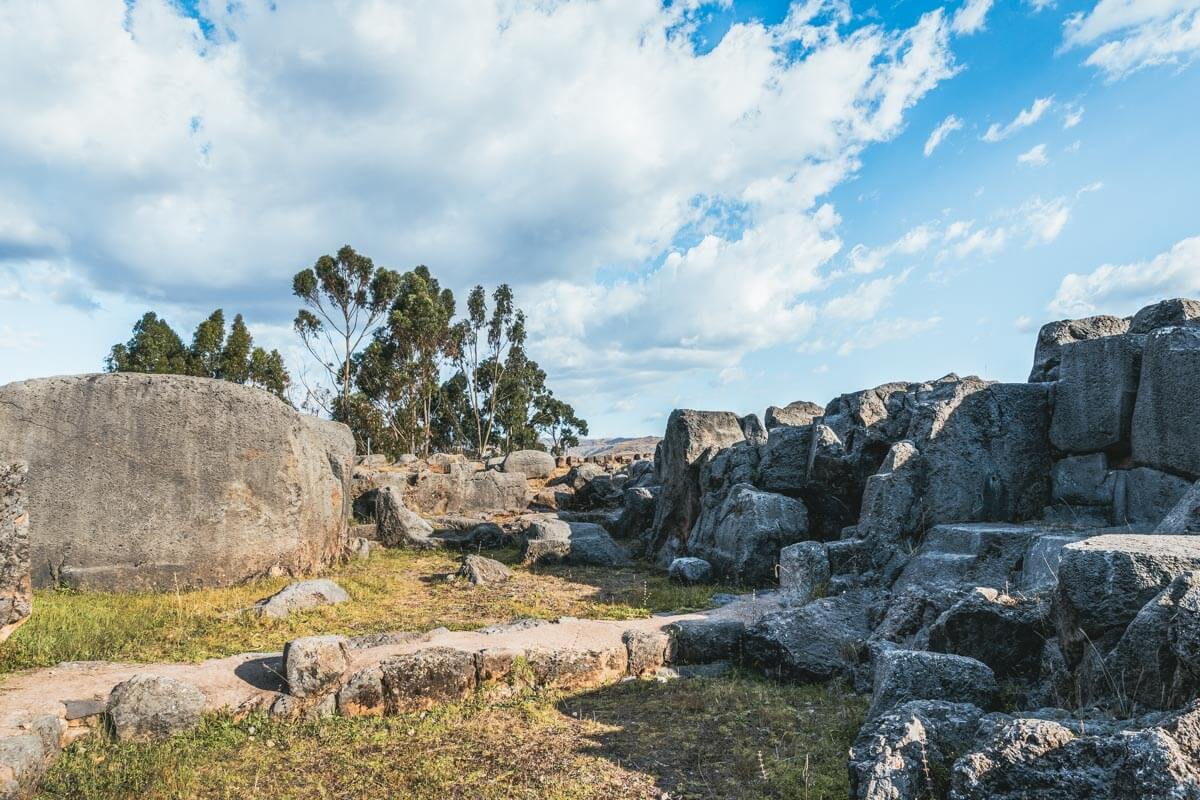
It has structures in the form of tunnels under the earth. One of its most famous buildings is the mysterious “sacrificial room” where rituals were performed with animal blood.
This terrain was ideal for the construction of subway galleries which are one of the main attractions of the site. This archaeological complex is divided into 2:
Qenqo Grande:
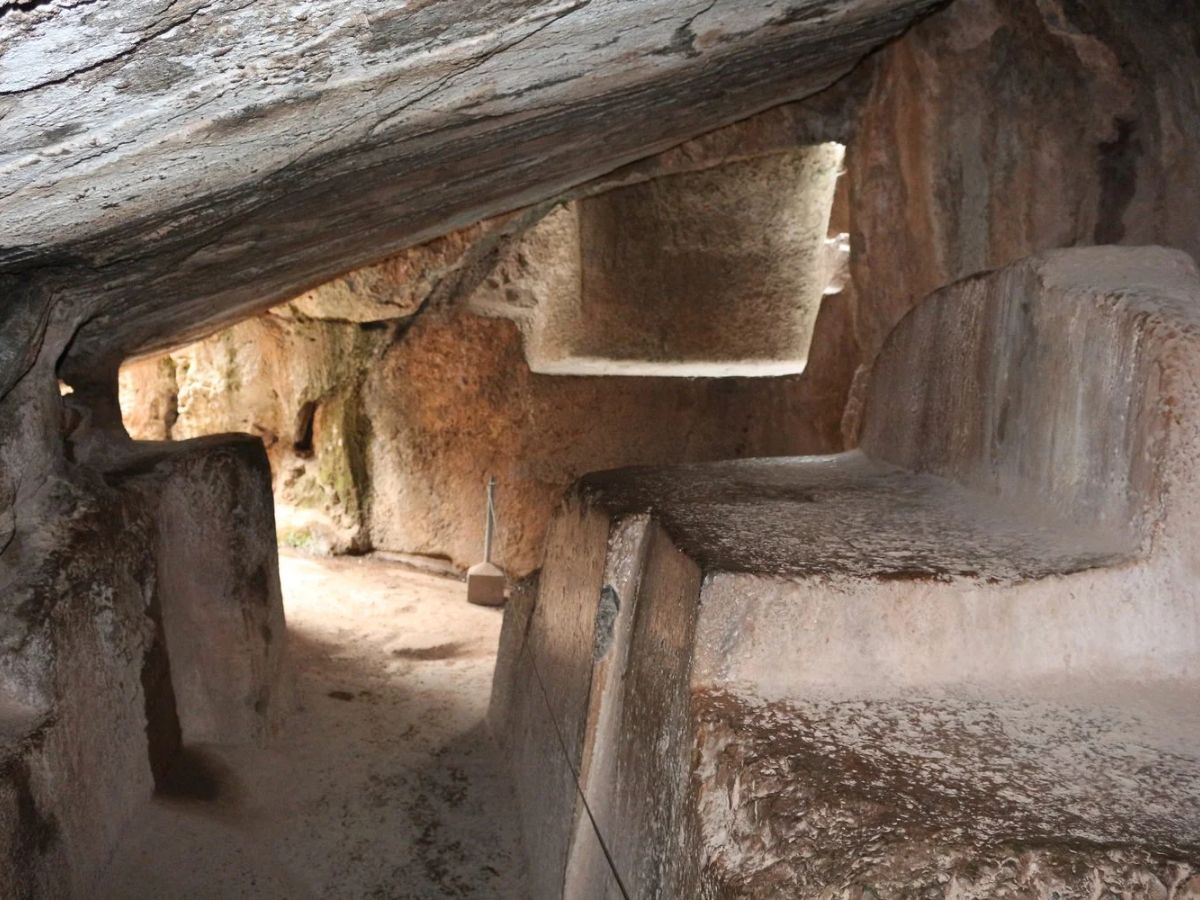
1.- The carved stone::
It is an enormous rocky building that presents a peculiar carve, with lateral stairs that lead to the summit.
2.- Intihuatana and astronomical observatory:
It is a polished rock where two small cylinders carved with great precision protrude. It is believed that the Intihuatana was a kind of astronomical observatory, which the amautas (the wise in Inca times) used to measure the time, to establish the seasons, determine the solstices and equinoxes, and also as a shrine where they worshiped the Sun, the Moon, Venus and the stars.
3.- The Amphitheater:
It is a temple used during the Inca period for the realization of public ceremonies. At the top of the amphitheater stands a large block of stone 6 meters high, which rests on a rectangular pedestal.
According to recent research, it is very likely that they were actually the bases of a large wall, located in each of them, the representation of an entity to which they worshiped.
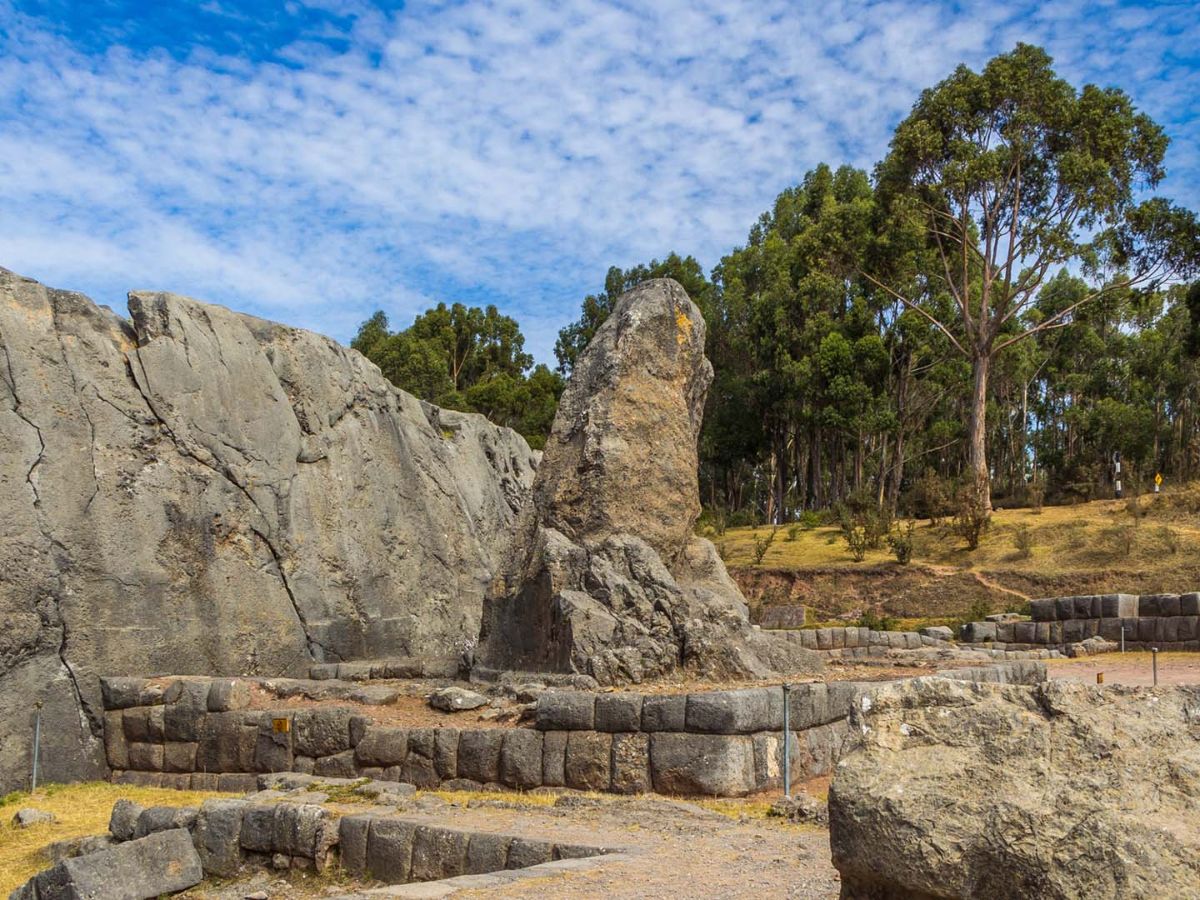
4.- The subway chamber:
It is a lithic structure carved under the earth. Religious rituals were held there. It has service rooms in the vicinity. It also has a drainage system for the rain.
5.- The room of the sacrifices:
Inside the subway chamber, there is a ceremonial table where possibly the embalming of the dead was carried out or, animal sacrifices with religious motives. It is one of the most mysterious and popular structures in the area.
6.- The Mortuary Room:
It is a subway chamber that could have been used for embalming orejones and it is also possible that human and animal sacrifices were made there.
7.- Cusilluchayoc:
It is located 500 meters east of Qenqo Grande and includes a carved stone two meters high that would be in the shape of a toad and reliefs of snakes and monkeys. Its name is a Quechua word that means “temple or place that has monkeys”.
Qenqo Chico:
It is a set of buildings and semi-destroyed platforms. Here you can distinguish the remains of high walls, a circular urban outline and several rock formations of inaccurate figures.
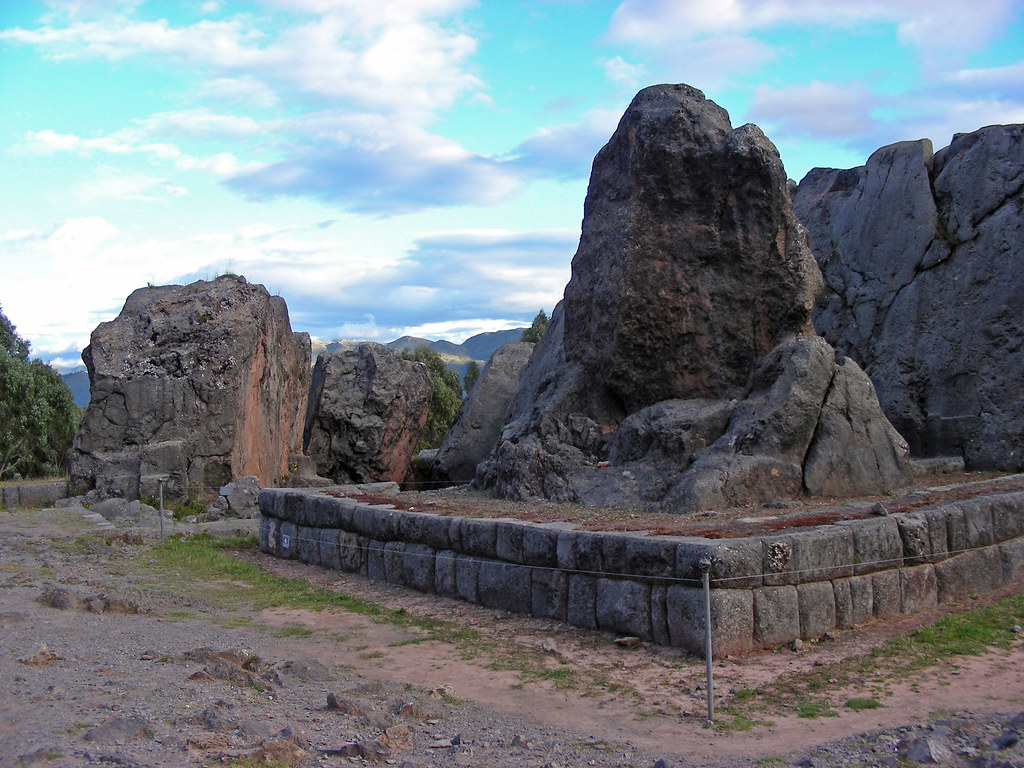
Qenqo and its incredible constructions
How to get to Qenqo?
To get to this archaeological complex you can choose several options:
- Using public transportation, you will arrive in 30 to 40 minutes.
- If the climate of Cusco is of your preference and you managed to adapt to the altitude, you can also visit Qenqo making a walk of 45 minutes to 1 hour approximately.
- The last and most recommended option for tourism is hiring a travel agency; here a specialized guide will explain more about the history of Qenqo.
Entrance to Qenqo
Whether you plan the visit on your own or with a tour of a travel agency like Machu Picchu Peru Tours, the entrance will always be the same, using the Partial Tourist Ticket. These tickets can be purchased at the entrance of the archaeological complexes or 103 El Sol Avenue, the cost is 70 soles.
The forest of Qenqo
If you are looking to take amazing pictures, we recommend the Qenqo forest. One of the best places for your Instagram, located a few meters from the Inca ruins. Its admission is free so you have no reason not to visit it either before or after visiting the archaeological remains.
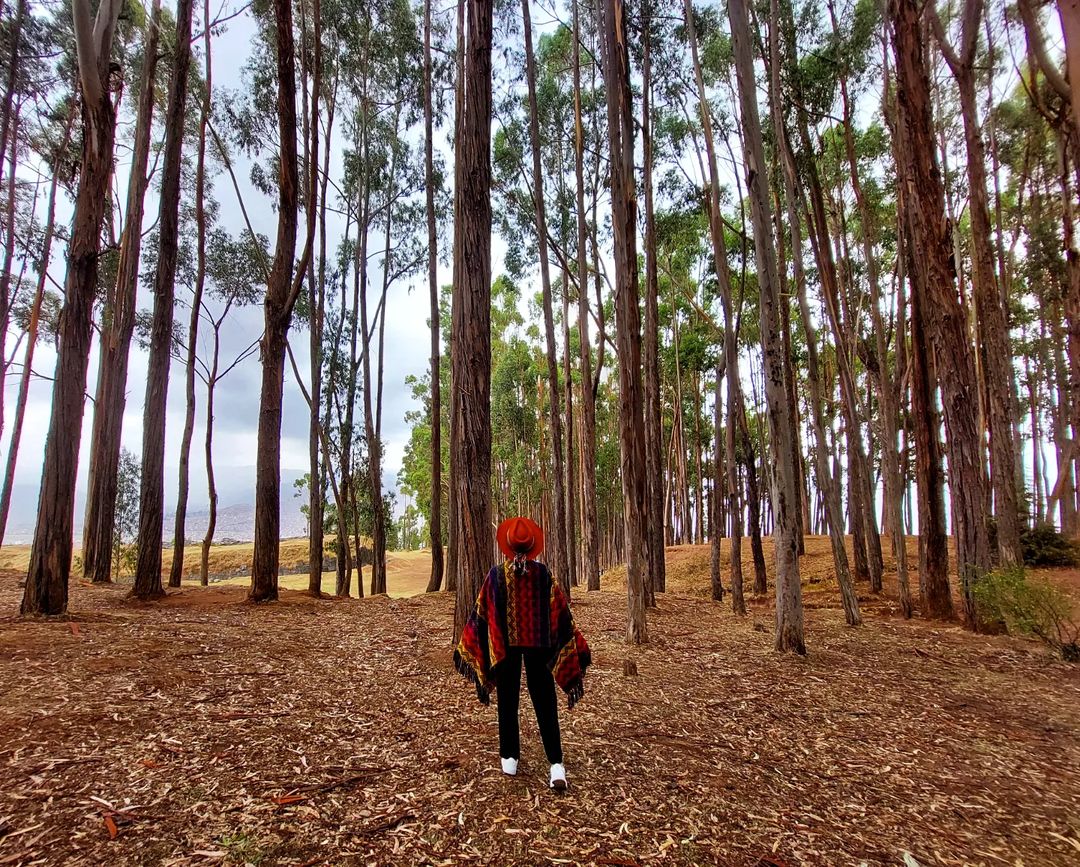
Explore many more tourist destinations and facts about Peru in our travel blog and plan your next trip with us!





